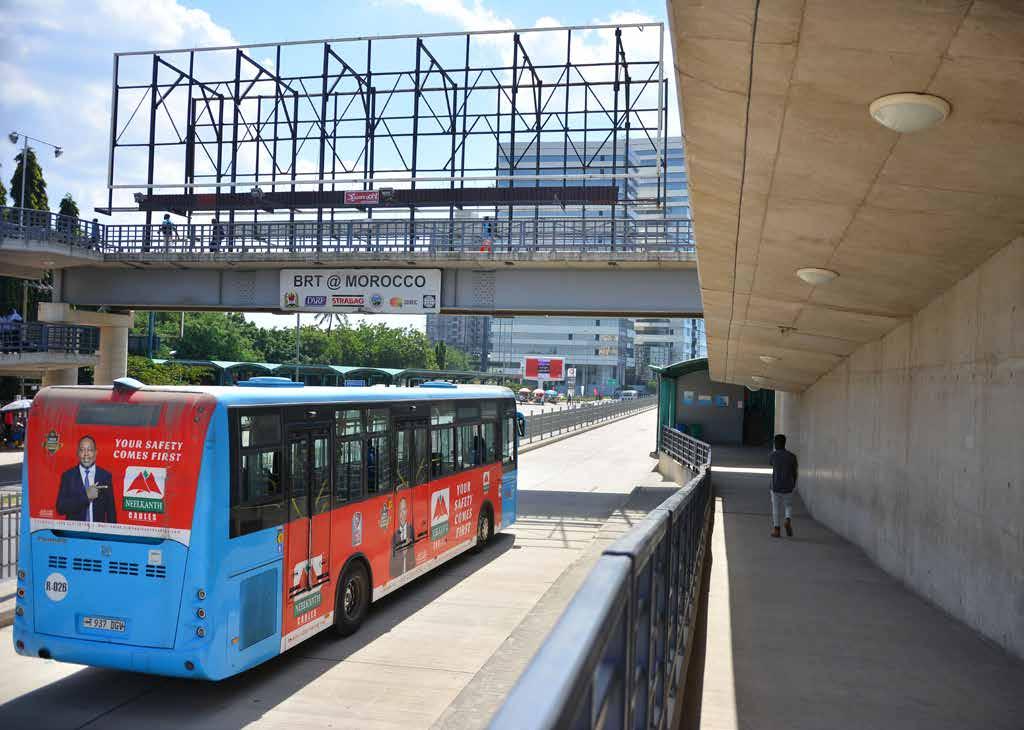
12 minute read
FOR A MEGA CITY
Africa, the continent’s ongoing massive investments in point to a highly prosperous and brighter future
Abi Abagun
Advertisement
Perhaps more than any change currently underway in Africa, the continent’s ongoing massive investments in developing the infrastructure’s economic enablers point to a highly prosperous and brighter future. The pace of progress is furious. In Tanzania alone, for example, the country is being transformed by investing in developing infrastructures such as the Standard Railway Gauge (SGR), the Julius Nyerere Hydropower Project, and the bus rapid transit (BRT) project under the Dar Rapid Transit Agency
(DART) - the subject of the current Business Excellence profile.
The DART is a high-quality, high-capacity BRT system that is transforming the nature of public transport in Tanzania’s commercial capital city, Dar es Salaam, and by extension, the city’s seven million residents. Business Excellence recently met with the Chief Executive of the DART Agency, Dr. Edwin Mhede, a humble and results-oriented servant, who painted a clear picture of the difference that the new BRT system will make to the city (the economic hub of Tanzania), now estimated to be the fifth biggest city in Africa.
Origins and Overview
Dr. Mhede began by giving us a general overview of the Dar Rapid Transit (DART) Agency and the project: “DART Agency is a Government Agency established by the Government Notice No. 120 of 25th May 2017 made under the Executive Agency Act, No. 30 of 1997. The Agency works under the President’s Office Regional Administration and Local
Government (PO-RALG) of the United Republic of Tanzania. The Agency was inaugurated by the Government on 16th June 2008 and it has the mandate to establish and operate BRT in Dar es Salaam. Also, to ensure smooth mobility on urban streets and roads and to ensure effective management of the DART Agency.
Dar es Salaam Bus Rapid Transit System branded as Dar Rapid Transit (DART) System, aims at providing high quality and most efficient public transport services hitherto featuring the modern high-capacity BRT buses operating in exclusive lanes in Dar es Salaam by incorporating best practice design and features and it is the first true BRT system in the Eastern, Southern, and Central African region. The first phase of the BRT road network, which started its operation on 16th May 2016, was jointly supported by the World Bank and the Government of Tanzania. It spans 20.9 km of trunk corridor and presently serves an average of 180,000 passengers per day using the current fleet of 210 buses employing over 1,000 permanent workers.
Made With Africa In
Our buses transport future leaders. Our trucks feed nations, Our pickups lift economies. But then we don’t just sell you a vehicle, we sell you the best after-sales service in the Country. From practical warranty solutions, to our state-of-the-art workshop, to our highly qualified field support teams, you will never drive alone with an Isuzu. https://macuganda.com/ info@macuganda.com

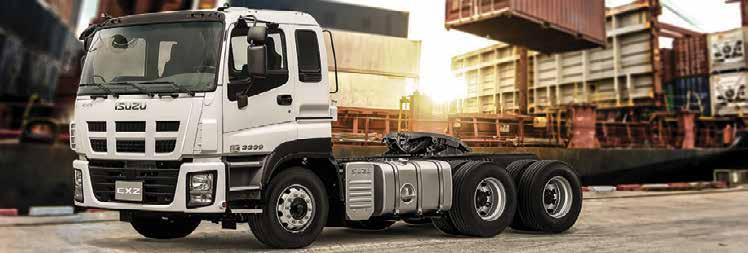
We are Certified as Authorized Economic Operator by URA

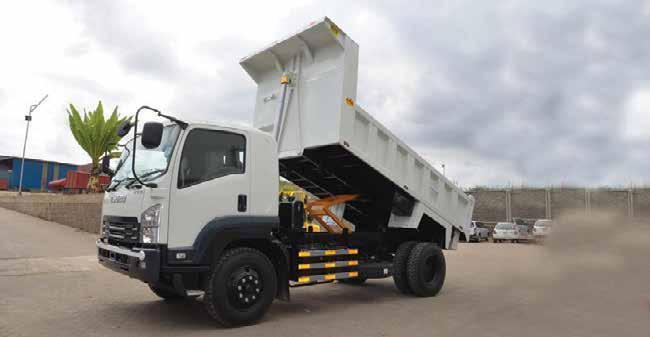
Dr. Mhede also projects that, under The Public-Private Partnership Act, Cap. 103, the procurement of a service provider by mid – 2022, who will bring in additional 95 Articulated buses before the end of 2022, will enable the BRT system to accommodate an estimated ridership of 400,000 passengers a day. As he points out, the impact of this in the short-term will be massive: “One of the outstanding successes of the BRT operation under the management of DART Agency is reduced commute times by more than two to three hours for residents, who previously faced upwards of four hours stuck in traffic every day and now they only spend an average of 30 to 40 minutes per trip.” In other terms, over 10% of the city’s working population added to a sustainable and efficient mode of transport.
A technology-enabled system
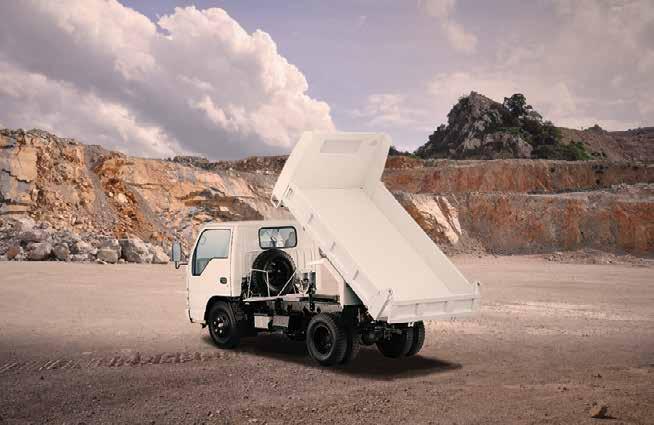
DART is not only the newest BRT system in Eastern, Southern, and Central Africa, it is also the most technologically advanced. Dr. Mhede says: “the Agency has invested (and continues to) in the development of ICT systems among them is the Government-owned Automated Fare Collection System (GoT-AFCS), Dar City Navigator, a Mobile Application (DarNavi)available both in Android and iOS, and the DART Office Management Information System, known as DARTMISS. The Agency is also planning to acquired other systems such as Intelligent Transportation System (ITS) and Network Monitoring System (Nagios), as well as establishment of DART independent ICT infrastructure Network
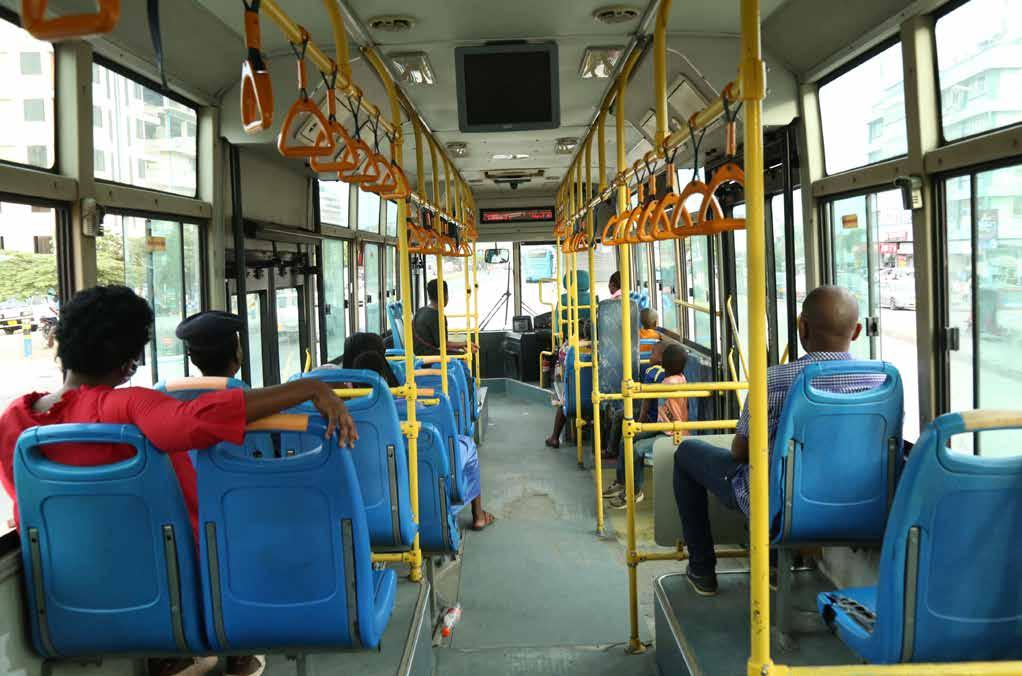
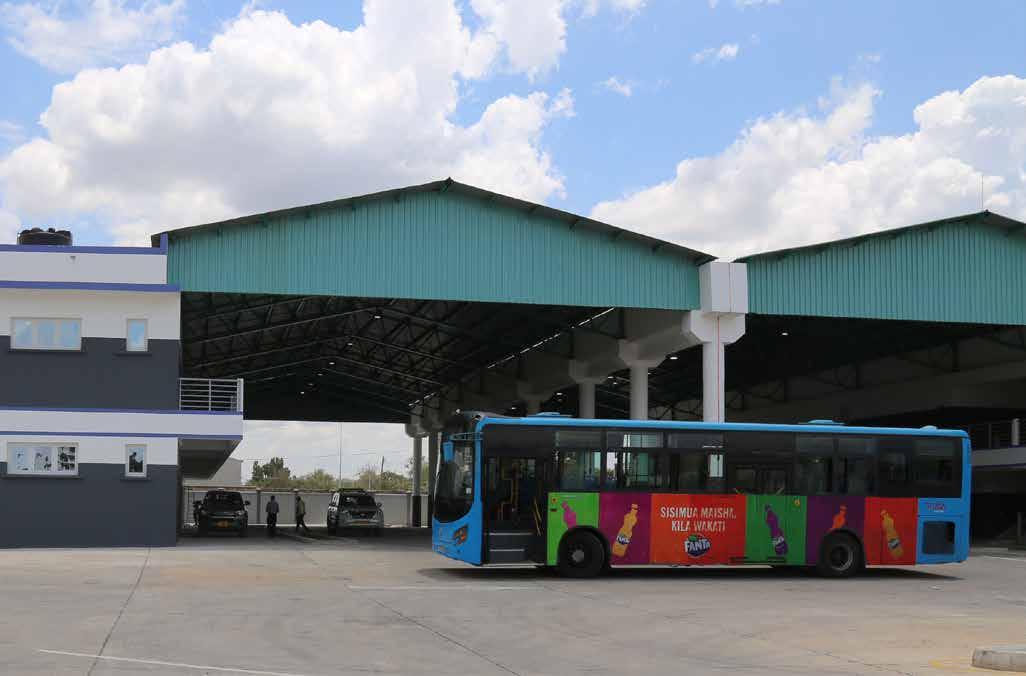
(DARTnet) and installation of CCTV Cameras for strengthening the delivery of services, safety and security of the system.”
In addition, he says, passengers will benefit from the technological innovations brought by the system: “An intelligent transportation system (ITS) will be used for fleet management, planning and scheduling of all our buses. The DART mobile application provides real-time information to commuters on bus arrivals and departures, nearest stations with distances and estimated time to reach, their locations, and real-time information on accidents and traffic flows. QR codes are also purchased through the app and validated by hand-held devices (HHDs). A range of other technological innovations brought by DART includes an office management information system, network, and services monitoring, and an ICT infrastructure that connects stations and stops along routes. The ITS will generate transit data that will be used for different purposes such as improving transport services, planning, research, making informed management and policy decisions, and enablers of smart city initiatives.
More than the sum of its parts
In line with most ambitious transport infrastructure projects, DART system is being delivered in several pre-planned construction phases. Dr. Mhede says: “Thus far, DART has planned 154.4 km of dedicated trunk lanes to be implemented in six (6) development phases. In terms of Phase 1, infrastructure development was completed and bus operations commenced in May 2016. On the other hand, the construction of BRT infrastructure for Phase 2 is in progress currently at 52% progress its planned completion is March 2023. The construction of BRT infrastructure in respect of Phase 3 has been in the pipeline for implementation as the procurement of contractor for construction works is at the final stages. On the other hand, the detailed engineering design for Phase 4 is in the final stage while the one for Phase 5 is completed. Finally, preparations for detailed engineering design for Phase 6 is ongoing.”
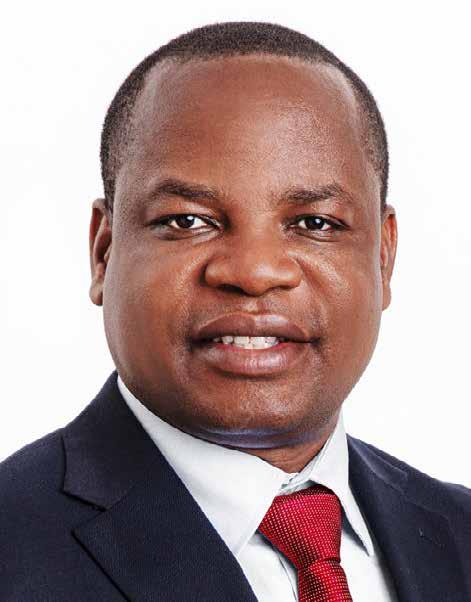
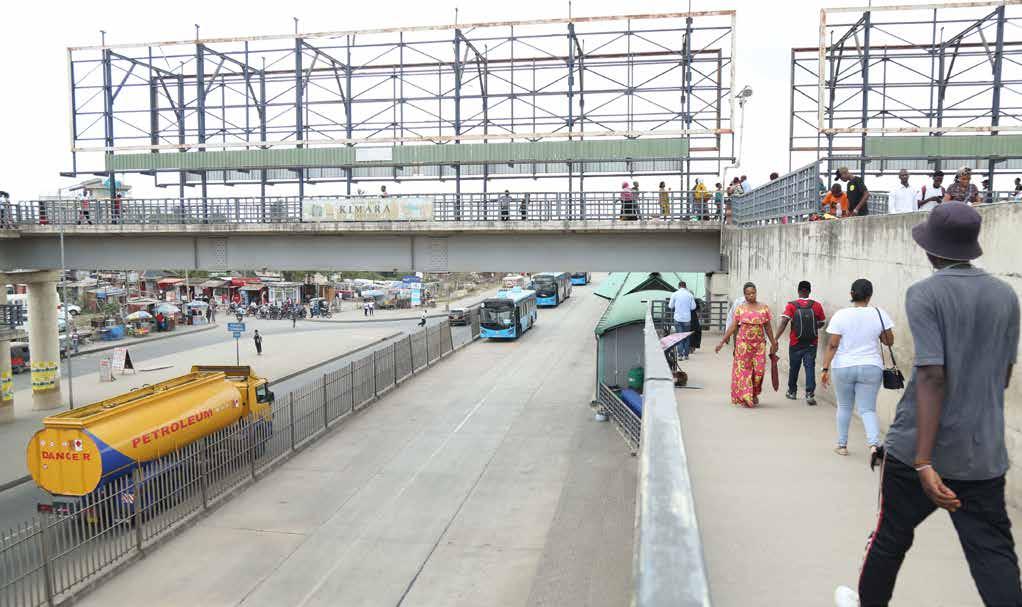
Did you know?
It’s going to require a total of 755 buses to carry a forecasted daily ridership of around 650,000 passengers per day a forecasted daily ridership of around 650,000 passengers per day.” The numbers are staggering, and underline the overnight impact the project is going to have on Dar es Salaam. Phases three to six will follow in short order and bring with them a combined 111 kilometers of dedicated truck lanes, over 100 new bus stations, a dozen bus terminals, and nearly 2,200 new buses in total. Together, these will form a new transport network linking previously isolated areas with Dar es Salaam’s Central Business District (CBD), yielding opportunities for hundreds of thousands of people that once were literally and metaphorically out of reach.
Phase 2, currently halfway to completion, is expected to be completed by March 2023, is even more ambitious. Dr. Mhede says: “It’s going to require a total of 755 buses to carry
Socioeconomic Benefits
Providing opportunities for the less privileged in Dar es Salaam is just the beginning for
DART; however, the new system dramatically enhances the quality of life for everybody by reducing travel time, thus having more time for productivity, contributing to less congestion along the corridor, providing taxpayers with an excellent return on investment, creating sustainable employment, and encouraging foreign direct investment (FDI) in the city and its environs. Furthermore, it has the potential to reduce accidents and illnesses related to air pollution, as well as give the city’s citizens a boost to their civic pride.
Partners
In terms of partners and suppliers, Dr. Mhede is keen to highlight three in particular that continue to help make DART System a resounding success. He says: “I have to mention PO-RALG for the policy guidance we enjoy from the same and the Ministry of Investment, Industry, and Trade (MIIT) for providing Kaizen training to our employees and our service providers for improvement of productivity and quality of our service. Also, a special mention goes to TANROADS for the construction and maintenance of our infrastructure, including trunk roads, bus stations, feeder stations, pedestrian bridges, and depots. TARURA has been responsible for the construction and maintenance of rural and urban roads for our feeder buses, and, LATRA, the Land Transport Regulatory Authority is our valued partner for regulating the BRT services and Tanzania Police Force for collaborating with the Agency to strengthen safety and security along with the DART system. We especially recognize and appreciate the World Bank,
African Development Bank (AfBD), French Development Agency (Agence Française de Développement), and Japan International Cooperation Agency (JICA) for extending concessional support to BRT infrastructure development for BRT Phases 1, 3, and 4, BRT Phase 2, BRT Phase 5, and the grant to support Transit-Oriented Development (TOD) Project (under the technical cooperation framework), respectively.
Growth and Future Projections
With Dar es Salaam’s population set to reach 15-20 million in the next decade, DART system will play an increasingly central role in one of the Africa’s largest cities. Dr. Mhede says: “Our priority is to provide a sustainable urban mass transit system, leading to less pollution, safer public transport, fully integrated modes of transport, and above all, a much more liveable city.” The journey ahead will have challenges, of course, but the end result promises to be worth it, and all colleagues at DART and I myself are happily prepared to face and resolve the challenges as they emerge. The DART system will be a mode of transport fitting for the megacity Dar es Salaam is set to become.
Julius Nyerere International Airport (JNIA) has become the hub in the aviation sector in Central and East Africa. It is, undoubtedly, one of the best-performing airports in the region at large. According to the Ag. Director of Julius Nyerere International Airport, Eng. Rehema Myeya, “the major focus for the Julius Nyerere International Airport is to meet the desires of its passengers, airlines, visitors, and stakeholders. We are proud that the Julius Nyerere International Airport, in collaboration with its partners is working tirelessly to make sure that we achieve our goals”.
The results of the success are evident across the board including industry acknowledgments and awards by major industry stakeholders including ACI (Airports Council International) which in its 2018 report ranked Julius Nyerere International Airport as the 9th out of 183 Airports in Africa, serving a total of 71,420 flights per year. In terms of passengers, the airport was ranked 17th out of 183 airports in Africa, serving a total of 2.5 million passengers. And in terms of freight, the Airport ranks 9th out of 183 Airports in Africa, serving an average of 16,163 tons per year.
S.E.C. (EAST AFRICAN) COMPANY LIMITED
S.E.C. (EAST AFRICAN) COMPANY LIMITED
For us to keep up with today's fast-paced modern world that we are currently living in, we should take advantage of the technologies that could help our daily lives travel fast and comfortably, not just from the road but inside buildings as well like elevators, escalators, dumbwaiters, conveyors, and many others. Shanghai Mitsubishi Elevator Co., Ltd. is one of the leading worldwide producers of elevators, escalators, conveyors, and many others. Founded in 1987, Mitsubishi Elevator has been specializing in designing, building, installing, upgrading, and maintaining mobility systems for a wide variety of fields with unique engineering capabilities for 30 years.
Shanghai Mitsubishi Elevator East Africa appointed SEC to be the heart of the training center for Service and Maintenance also Installation in East African regions and neighboring countries because it has the best people and Engineers. In fact, SEC already has the and provision of after-sales service for elevators, escalators, walkways, and many others. SEC specialized in Servicing and Maintaining various types of lifts. Currently, the company already has more than 200 employees who have enough experience and are professionals. SEC is also an equal opportunity employer committed to hiring a diverse workforce like professionals from Tanzania, China, Philippines, and India to ensure and deliver great service to the clients. SEC already established credibility for so many years with our valued customers in Tanzania like TPA, PSPF II, Nyerere Foundation Square, and many more. Actually, JNIA is one of the valued customers of SEC as well.
Shanghai Mitsubishi Elevator East Africa has several branches or offices already across the East Africa region and near countries like Kenya, Rwanda, Uganda, Ethiopia, Zambia, and Zimbabwe.
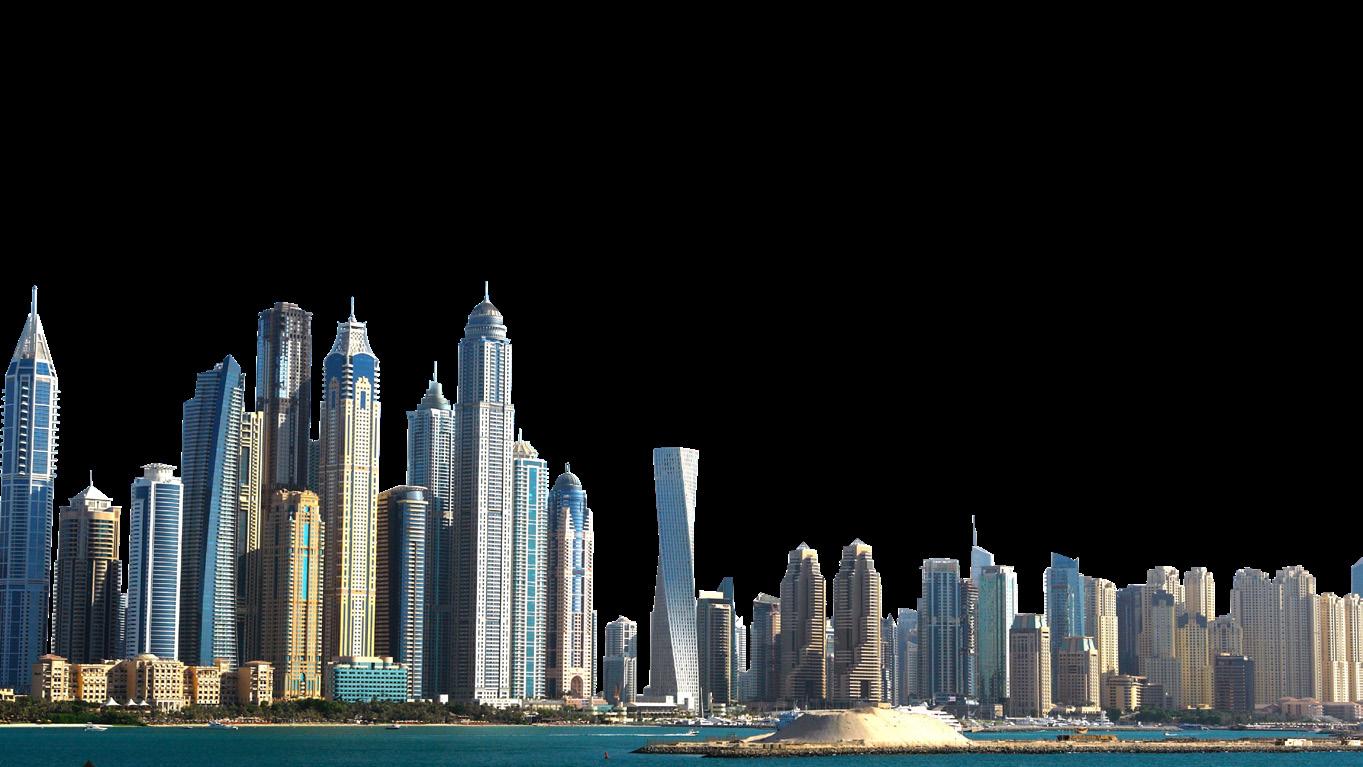
“In 2010 we achieved an increase of up to 2.5 million passengers. This increase is what prompted the government to begin the construction of a third passenger building, with a capacity to serve six million passengers a year. The construction of this state-of-the-art building began in 2014 and finished in May 2019”, affirmed Eng. Rehema Myeya.
Many major airlines pick JNIA as an alternative airport when flying from north to south of the continent. The latter is due to the airport’s privileged location and altitude, high aircraft performance, high density of air, and good clearing conditions which lead to less complex flight operations procedures.
Important Accolades
“We are proud of our achievements as we have been working hard to improve every aspect of the airport from service quality to customer experience and we are delighted that some of our hard work is being recognized”, stated Eng. Rehema Myeya.
Some of those recognitions have been:
• Aerodrome Safety Certificate, from the
• Tanzania Civil Aviation Authority (TCAA)
• Routes Middle East Africa Marketing Awards, for excellence in Airport Marketing route awards.
• Routes Africa, for excellence in Airport Marketing.

Competitive Advantage and Valuable Certifications
There are several special characteristics that give the airport its competitive advantage, such as increased easygoing fl ight operation caused by favorable and unchangeable weather and less complex geographical conditions throughout the year. Also, high navigation capabilities due to simplicity in setting up navigation devices, due to accessibility of communication, and the availability of navigation signals. The airport regularly conducts Customer Awareness Training to airport staff for the purpose of creating a good image for the customers and particularly passengers.
JNIA has a certificate of compliance in the Integrated Management System from ISO, and an Aerodrome Certificate. The airport also received an Environmental Audit Certificate for its Environmental Management and a 3-star regional airport certification for facilities, comfort, cleanliness, shopping, food & beverages, staff service & security, plus safe air travel for passengers during Covid-19.
The airport has a license from Tanzania Atomic Energy Commission to possess or use radiation equipment. Furthermore, political stability and the emphasis on maintaining peace in Tanzania have attracted more passengers to visit the country. Hence, the government has started to promote tourist attraction campaigns and has invested in improving the national carrier, which has increased local and international routes.
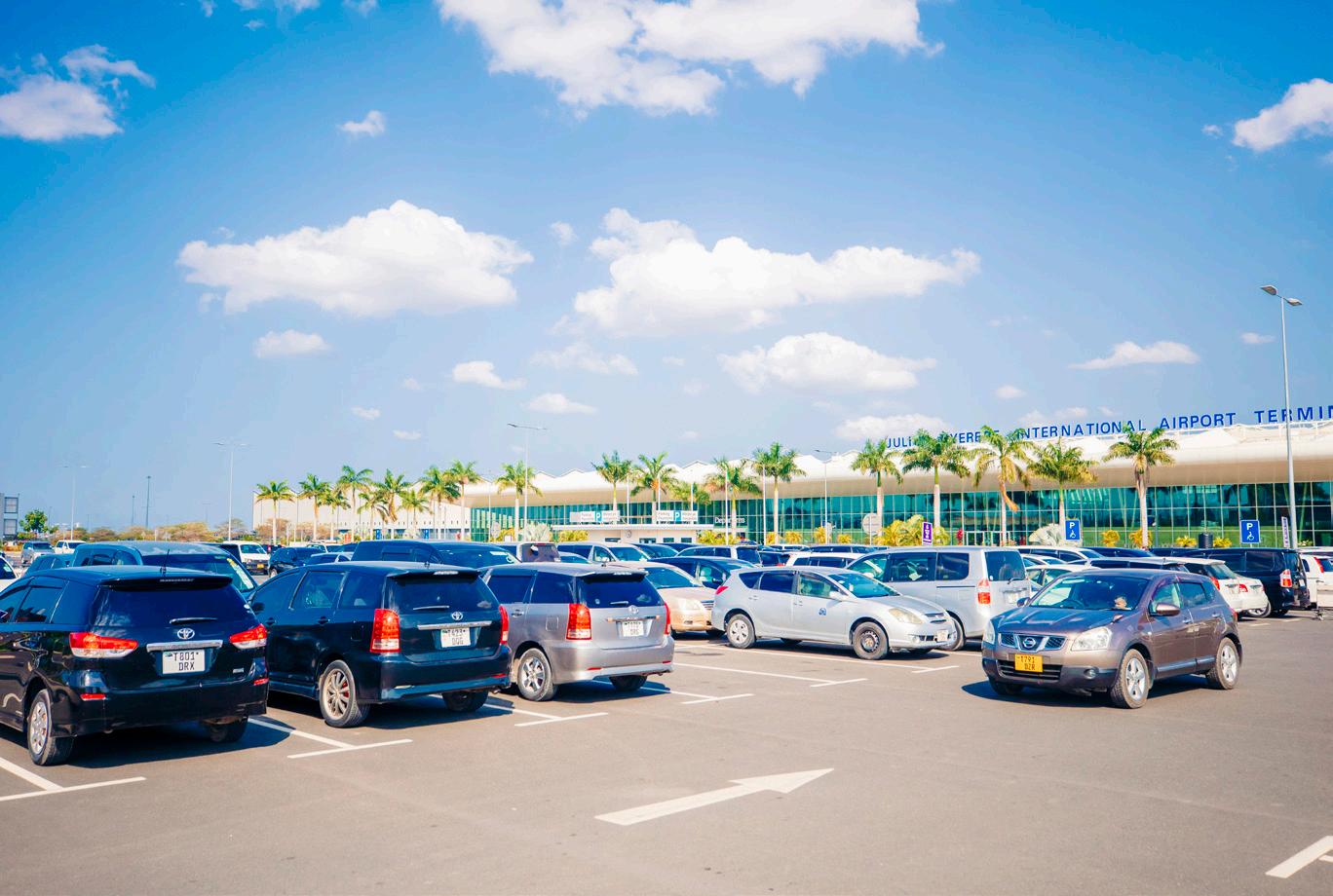
The airport also received an Environmental Audit Certificate for its Environmental Management and a 3-star regional airport certification for facilities, comfort, cleanliness, shopping, food & beverages, staff service & security, plus safe air travel for passengers during Covid-19.

Preparing for Revenge Travel and Key Stakeholders
Airports across the globe are currently experiencing a “revenge travel” trend which led JNIA to construct a Third Passenger
Terminal Building (TB3) with a capacity to serve six million passengers a year. “The third passenger building is currently one of the best in Africa. The capacity of TB3 is enough to cut the sharp rise in recovery traffic and to ease passenger and visitor fl ow. It also provides opportunities for further growth of the business”, stated Eng. Rehema Myeya. Moreover, the airport has prepared for servicing the influx of passengers by inspecting its facilities and regularly training staff for providing good services.
The provision of services in the Air Transport Sector is largely dependent on the modern use of Information and communications technology (ICT). Thus, to improve operational and service delivery activities, the authority established various ICT systems to serve passengers and aircraft promptly, adhering to international standards. Such systems include Airport Management and Information Systems (AMIS) by Rockwell Collins, Smiths Heinman for security screening, DAIFUKU Logan for BHS, Vision-Box for E-gates, HVAC by York International, ABB for Switchgears and Transformers.
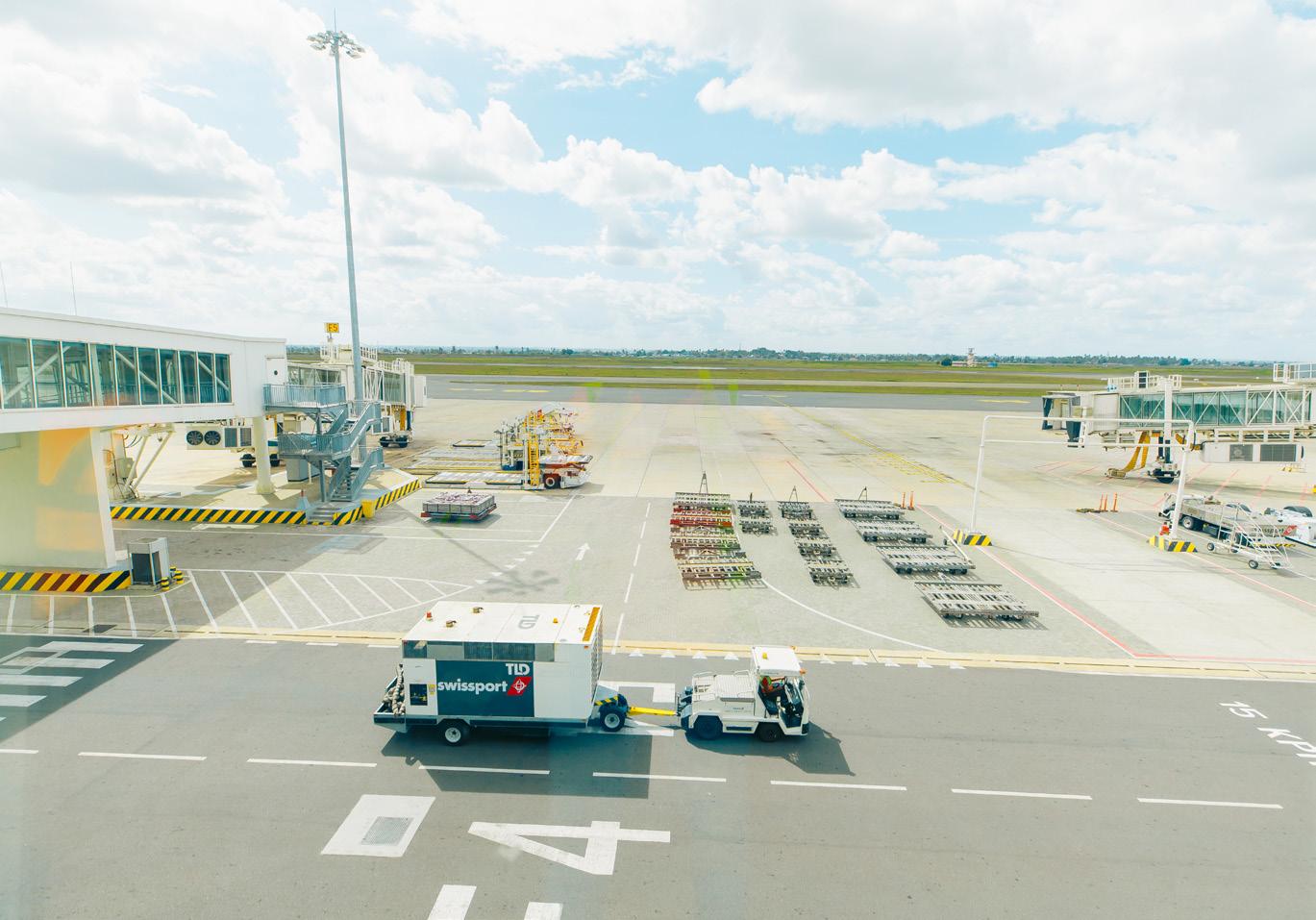
Other important suppliers and allies are: Airlines
• Ground Handlers- Swissport, Nas Dar Airco, Celebi
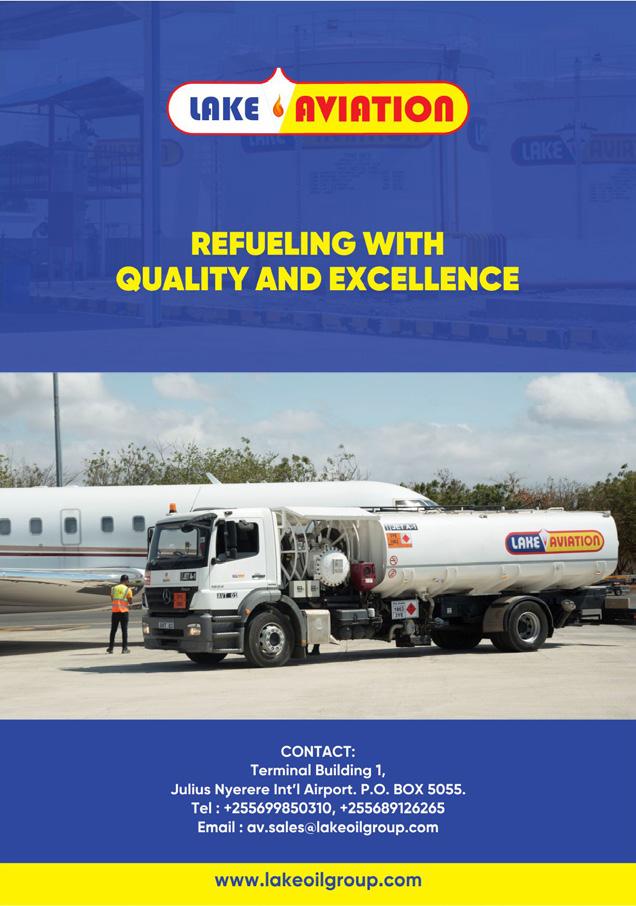
• Fuel Operators- Puma Energy, Oilcom (T) Ltd, Total Energy, and Lake Oil
• Government Agencies – Immigration, TRA, Fisheries, Forestry, Minerals, Concessionaries
• PCL Group for cleaning and facility management
The Airport’s Growth Strategy
Regarding the airport’s growth strategy Tanzania Airports Authority (TAA) has invited all investors to partner in serving airport users by taking advantage of existing business opportunities. All invitations to bid are made public and are accompanied by a clear set of guidelines
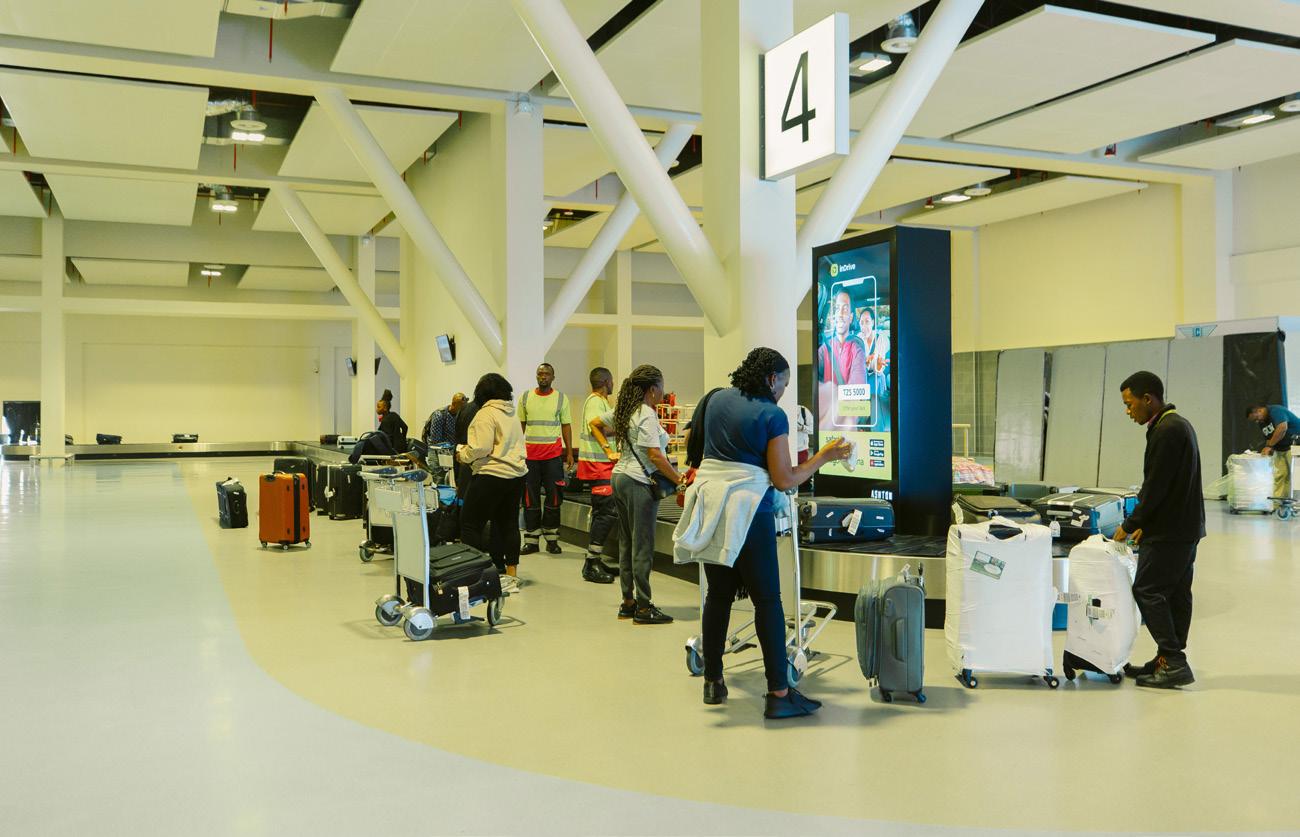
The development project of an Airport Commercial Complex and the four-star airport hotel will enhance and expand business at the airport as well as attracting more business partners and investors that bidders must comply with. Moreover, there is a transparent system in place for tendering and awarding contracts as per the Public Procurement Act.
The development project of an Airport Commercial Complex and the four-star airport hotel will enhance and expand business at the airport as well as attract more business partners and investors. According to Eng. Rehema Myeya, “there will be more spaces for offices, shops, malls, banks, restaurants, gym, kids’ playground, and more, to operate”.
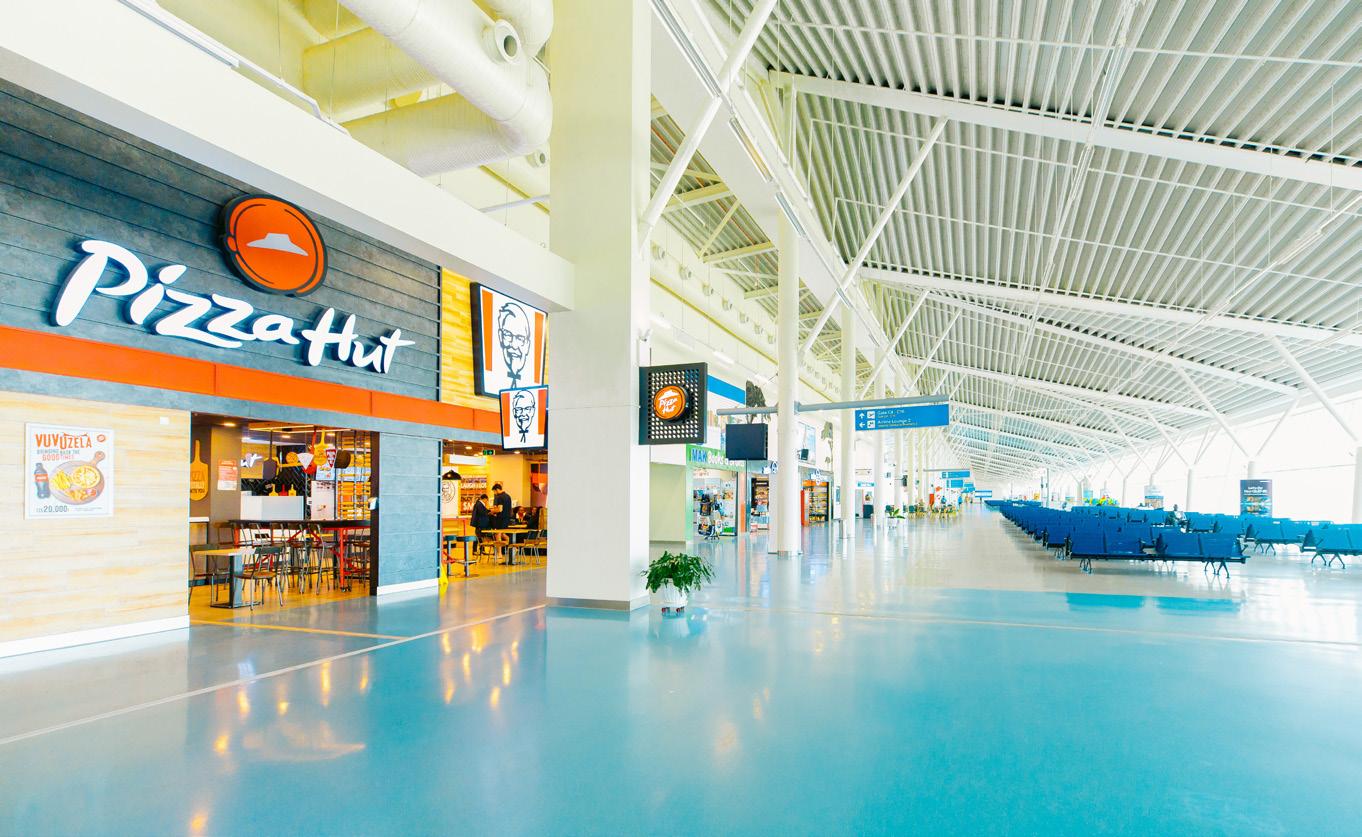
Additionally, the Tanzanian government has partnered with the French government to construct and rehabilitate the Second Passenger building (TB2). The latter will allow more passengers and create more business opportunities.
Economic impact and vision
TAA has contributed to reducing the unemployment rate by creating job opportunities during the execution and after the completion of various projects in the airports. The construction of the third passenger building will improve airport services and increased the airport’s revenue by creating more business and commercial areas.
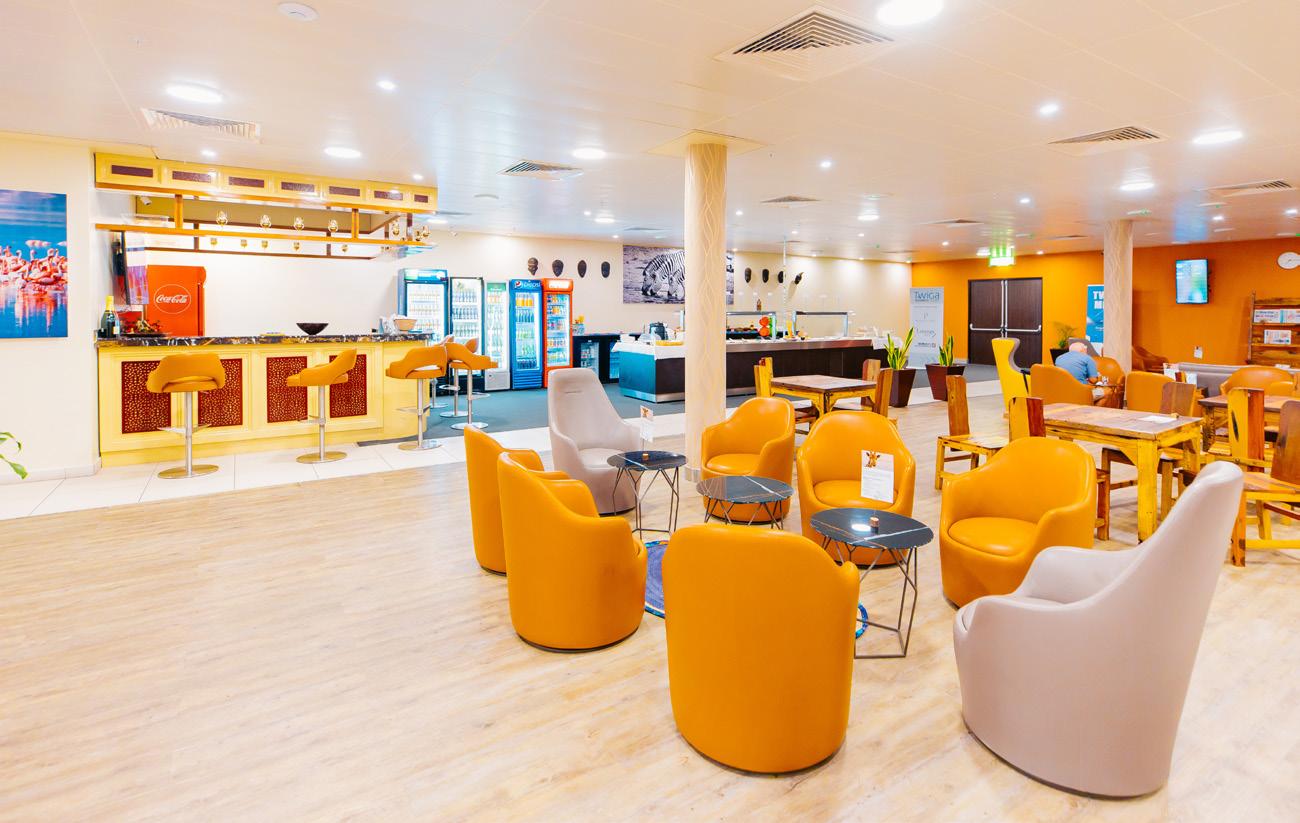

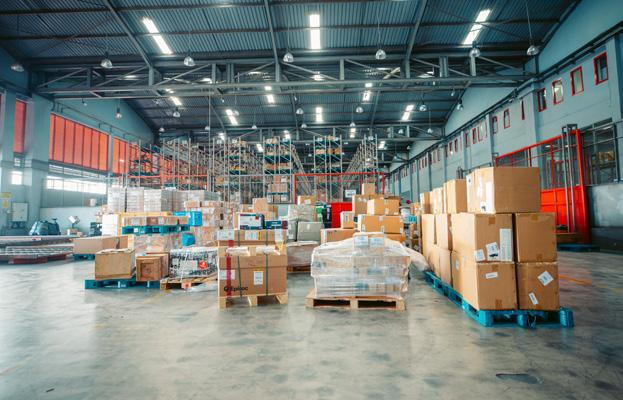
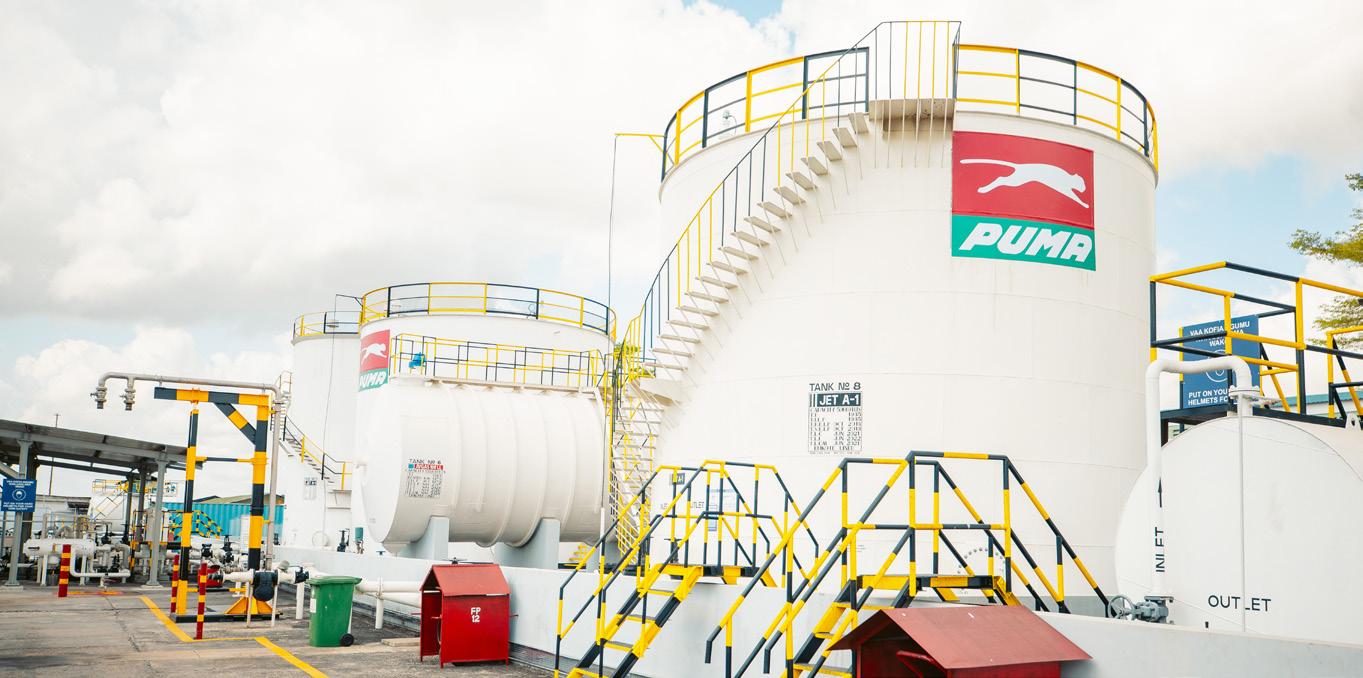
Altogether, Julius Nyerere International Airport’s vision is to enhance efficiency in undertaking airport operations by facilitating safety, security, and compliance with national and international requirements. Thus, optimizing airport services, improving infrastructure, systems and facilities, human resources, and financial management, are other goals JNIA has established for continuing to be a key player in the region’s aeronautical industry for years to come.
jnia@airports.go.tz www.taa.go.tz










